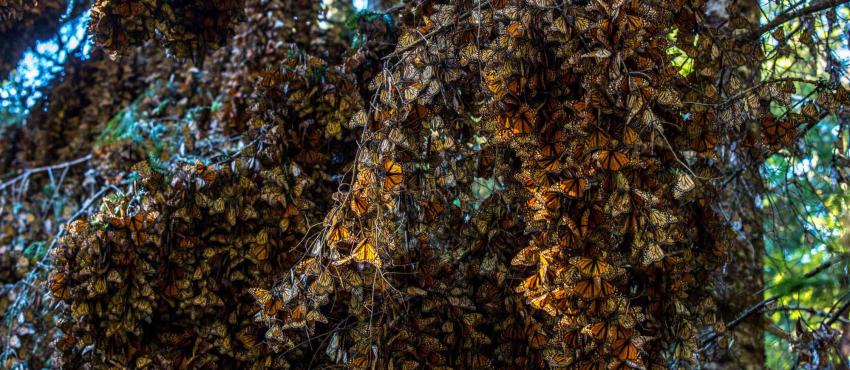COVID-19 – which emanated from the wild -- has shown how human health is intimately connected with our relationship to the natural world. As the world seeks to build back better from the current crisis, it is critical to preserve biodiversity and invest in nature-based solutions. Biodiversity can support efforts to reduce the negative effects of climate change. Conserved or restored habitats can remove carbon dioxide from the atmosphere, thus helping to address climate change by storing carbon. Moreover, conserving in-tact ecosystems, such as mangroves can help reduce the disastrous impacts of climate change, including flooding and storm surges.
Biodiversity can support efforts to reduce the negative effects of climate change. Conserved or restored habitats can remove carbon dioxide from the atmosphere, thus helping to address climate change by storing carbon. Moreover, conserving in-tact ecosystems, such as mangroves can help reduce the disastrous impacts of climate change, including flooding and storm surges.
Mangroves occupy 5.1 per cent of Cuba’s land area and are found on 70 per cent of its coasts. This means loss and damage to mangroves would make coastal communities vulnerable. To restore the Island-nation’s mangroves, a UNDP helps the communities with planting mangroves and fostering their natural regeneration, placing stake lines to reduce sea surges, cleaning canals, and promoting coastal forest growth through education and sustainable activities. Four years in, mangroves are sprouting, populations of wildlife, shrimp, and fish are increasing, and flooding is more controlled. In fact, the project is making a positive difference in reducing vulnerabilities and making local communities more resilient to climate change in Cuba’s southern provinces.

The Monarch Butterfly Biosphere Reserve in the Mexican state of Michoacán is known around the world for an extraordinary migratory phenomenon. Each autumn millions of butterflies arrive here from the United States and Canada. While the area remains vulnerable to illegal logging, unregulated tourism and the increasingly damaging effects of climate change, UNDP has been promoting initiatives to adapt to climate change and protect biodiversity in 17 areas, covering 7.8 million hectares. The impact of these initiatives is starting to be felt.
In Samoa, through a UNDP-backed initiative, plants such as legumes, which fix nitrogen in the soil, were planted in critical landscapes. As the project introduced climate-resilient food and tree crops, farmers, community organizations, youth groups, students and church groups in 126 villages around Samoa have benefitted as at least 16,760 hectares of agricultural and forest land have been improved.
In Chile, climate change and climate variability are hurting mussel production in three ways: more frequent toxic red tides caused by the proliferation of algae, ocean acidification and a lack of wild mussel seeds for their reproduction. In response, Chile has developed a climate-smart way of farming mussels that produces little to no greenhouse gas emissions. The majority of mussel farming is carried out in floating or underwater holding systems that encourage the mussels’ permanent filtration of phytoplankton from the water.



